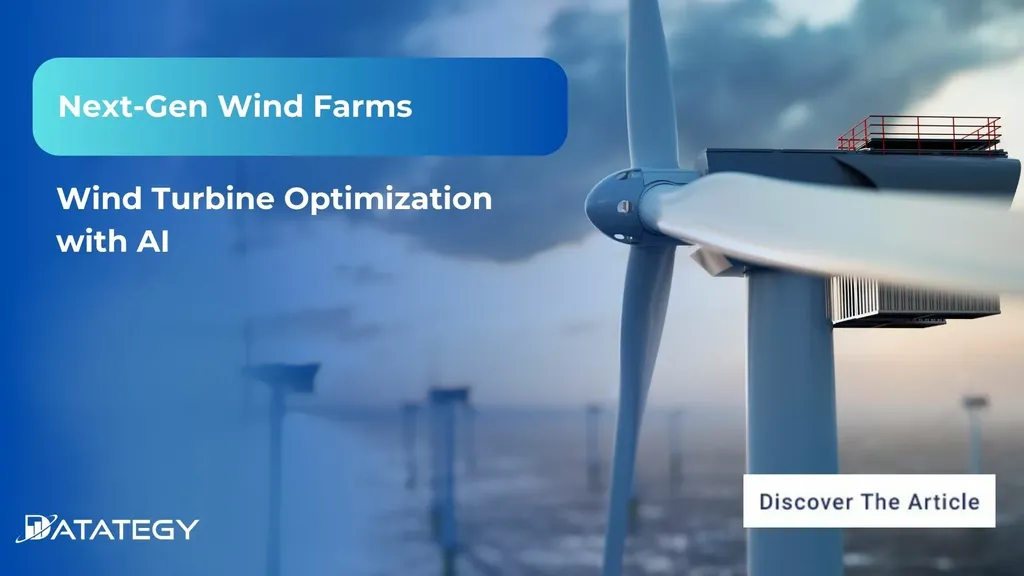In the heart of Qatar, a groundbreaking study is reshaping the landscape of sustainable energy, with implications that could ripple across the global energy sector. Abdul Karim, a researcher from the Department of Electrical Engineering at Mehran University of Engineering and Technology, SZAB Campus Khairpur Mirs’ Sindh Pakistan, has published a study in the *Sir Syed University Research Journal of Engineering and Technology* (translated from Urdu) that could unlock the potential of wind power in Doha, Qatar. The research, which leverages machine learning to optimize the placement of wind turbines, offers a promising blueprint for a low-carbon future.
Karim’s study focuses on transitioning from fossil fuels to renewable energy sources, a shift that is increasingly crucial for sustainable power generation. By analyzing historical data from 2000 to 2019 and testing models from 2020 to 2023, the research forecasts future temperature and wind speed trends to determine the optimal locations for large-scale wind turbines. The study employs a suite of Python algorithms, including Long Short-Term Memory (LSTM), Prophet (PT), Support Vector Regression (SVR), Linear Regression (LR), Seasonal Autoregressive Integrated Moving Average with External Factors (SARIMAX), and K-Nearest Neighbors (KNN).
The findings are particularly compelling. According to Karim, “SARIMAX outperformed traditional models like LSTM, PT, SVR, LR, and KNN in capturing long-term dependencies, making it especially suitable for time series data where past events significantly influence future values.” This insight is critical for the energy sector, as it highlights the importance of selecting the right statistical models for accurate forecasting.
The commercial implications of this research are substantial. Wind power offers a low-carbon alternative to fossil fuels, and the optimal placement of wind turbines can significantly enhance energy efficiency and reduce costs. As Karim notes, “Wind power has enormous potential and offers a low-carbon future for Doha, Qatar.” This potential extends beyond Qatar, as the methodologies developed in this study can be applied to other regions with similar climatic conditions.
The study’s findings could shape future developments in the energy sector by providing a robust framework for renewable energy planning. By leveraging advanced machine learning techniques, energy companies can make more informed decisions about the placement of wind turbines, ultimately leading to more efficient and sustainable energy production. As the world continues to grapple with the challenges of climate change, research like Karim’s offers a beacon of hope for a cleaner, greener future.
In the words of Karim, “This research is a step towards harnessing the full potential of renewable energy sources, and it underscores the importance of innovative approaches in addressing global energy challenges.” As the energy sector continues to evolve, the insights gained from this study will undoubtedly play a pivotal role in shaping the future of sustainable power generation.

